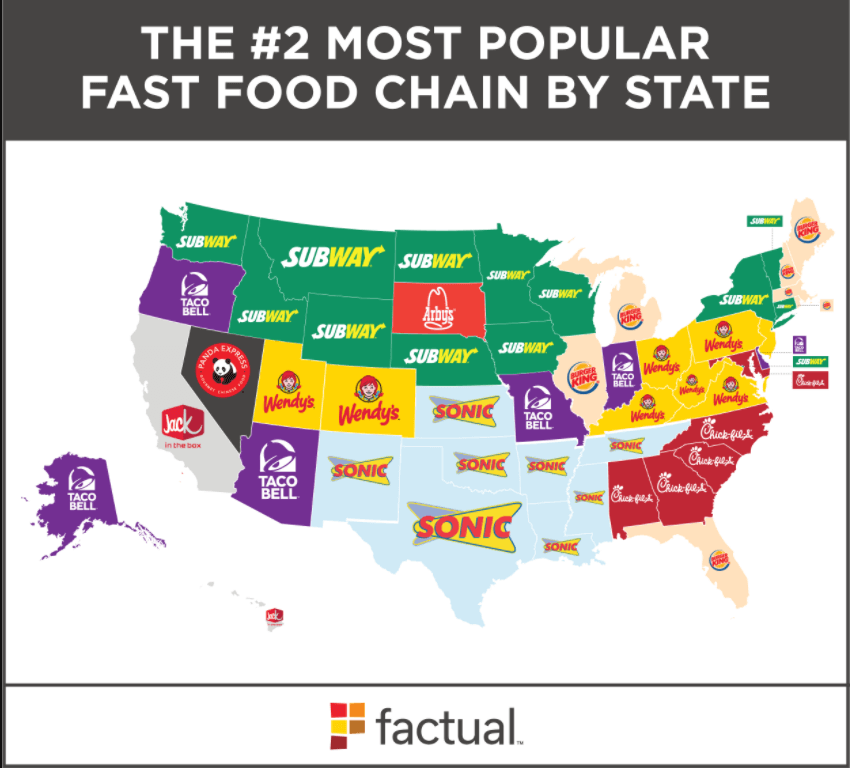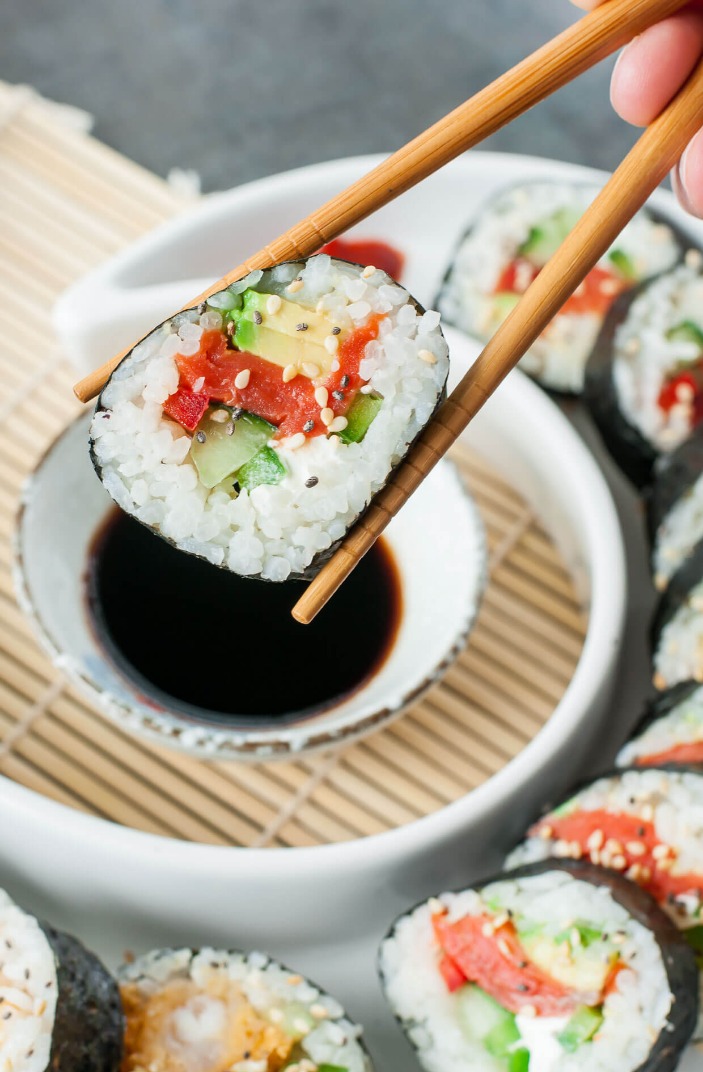Fast food has become an integral part of modern society, offering convenience and satisfaction for those on the go. With the rise of fast food chains, people can now enjoy a wide variety of delicious and affordable meals at their convenience. These chains have evolved over the years to meet the changing tastes and preferences of consumers.
The Birth of Fast Food Chains
The concept of fast food chains began in the early 20th century, with the opening of the first White Castle in 1921. This marked the beginning of a new era in dining, where customers could enjoy tasty burgers and fries in a quick and efficient manner. The popularity of White Castle paved the way for other chains like McDonald’s, Burger King, and Taco Bell to enter the scene.
These fast food chains revolutionized the way people ate, offering a wide range of menu options and convenient locations. They quickly became a staple in American culture, with their catchy slogans and iconic logos becoming synonymous with fast food.
The Rise of Fast Food Culture
As fast food chains gained popularity, they began to expand beyond the borders of the United States, spreading their influence to countries all over the world. This global reach allowed these chains to adapt their menus to suit the local tastes and preferences of different cultures.
Today, fast food chains are a ubiquitous presence in cities and towns around the globe, offering a quick and easy dining option for millions of people. While they have faced criticism for their high caloric content and environmental impact, these chains continue to thrive, adapting to changing consumer demands and preferences.
In conclusion, fast food chains have undergone a remarkable evolution since their inception, becoming a cultural phenomenon that has transformed the way we eat. While they may have their drawbacks, there’s no denying the convenience and appeal of grabbing a quick meal from your favorite fast food chain.
Read more about priceline here.



